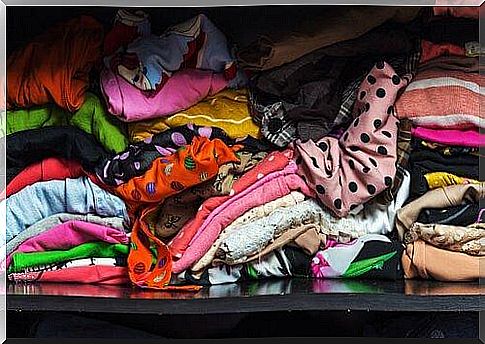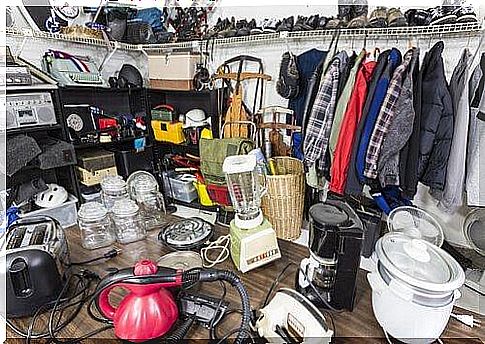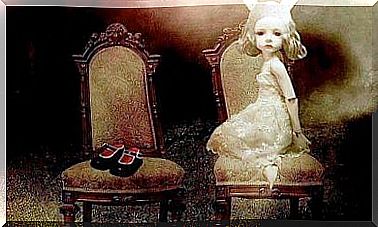What Is Messie Syndrome?

You’ve probably heard of litter syndrome by now. People with this disorder are characterized by self-neglect, social isolation, and cramped homes. So it turns out that messie syndrome could be confused with litter syndrome – but they’re not the same thing. The main difference is that people with litter syndrome have more problems than accumulating useless things. They also collect rubbish and rubbish and no longer take care of their own interests; they let themselves go.
A person with messie syndrome will find it very difficult to throw away their possessions or otherwise part with them. The actual value of these possessions does not matter. They could be items of little financial or sentimental value.
A problem with getting rid of possessions can show up in a variety of situations, such as trying to clean up, give away, or recycle. The reason these people give for their reluctance is the aesthetic value or usefulness of the object. It could also be a sentimental bond that binds them to the goods in question. “What happened if …?” or “Just in case…” is often said: These people buy a new computer but keep the old one just in case the new one breaks. Before the next update, they save old versions, just in case there is an error in the update. And so on.

Other people feel responsible for where their possessions end up. Often times, they do everything they can to avoid waste. In addition, these people are often afraid of losing important information. There is a fine line between this behavior and messie syndrome.
Messie syndrome is still different from the normal behavior of those people who collect but have some organization in their collection. A stamp collector may get annoyed if he loses an interesting stamp, but he won’t pile his stamps in his closet.
How is messie syndrome diagnosed?
The fifth version of the Diagnostic and Statistical Guide to Mental Disorders lists a number of diagnostic criteria for Messie Syndrome:
A. Persistent difficulty getting rid of possessions, regardless of their true value.
B. This difficulty arises from an individually perceived need to keep the possessions and the discomfort felt when parting with them.
C. The difficulty in getting rid of possessions is shown by compulsive hoarding, in which goods are stuffed in excessive quantities into habitable spaces. If associated living spaces are to be kept clean, this is only done through external intervention, for example by family members, cleaning staff, authorities.
D. Item hoarding causes clinically significant discomfort or affects the individual’s life. This includes the person’s social life as well as their work and maintaining a safe environment for themselves and others.
E. No other pathophysiological condition can explain the symptoms mentioned, no brain injury, cerebrovascular disease, Prader-Willi syndrome, etc.
Q. The hoarding is not due to symptoms of any other mental disorder. For example, obsessive-compulsive disorder, severe depression, delusions in schizophrenia or other psychotic disorders, lack of interest in the context of autism spectrum disorders, a cognitive deficit in neurocognitive diseases, etc.

People who have messie syndrome accumulate their possessions voluntarily. It worries them to imagine that they have to throw them away. Seen in this way, this hoarding and this accumulation of goods is intentional.
This characteristic distinguishes Messie syndrome from other psychological pathologies. Other disorders include passive collecting of objects or the absence of emotional pain when someone throws them away. Other diseases, such as litter syndrome, may also be based on psychoses.
Difficulty using certain living spaces
The objects that are particularly frequently collected by those affected are newspapers, magazines, old clothes, bags, books, electronic devices and paperwork … Practically everything that can be collected and that can be found in large numbers in our environment. These are not just possessions that most people would consider useless or worthless. Many patients also collect and keep valuable things that are often hidden under other, less valuable objects.
People who accumulate a lot of objects cram and clutter their home, making it increasingly difficult to live in. For example, they cannot cook in their kitchen, sit on a chair in the living room, or sleep on their bed.
If living spaces are usable at all, then they are usually only very limited. The chaos usually consists of a large number of goods that are usually out of proportion to each other. They may also be loosely related, stacking in a disorderly manner in certain areas that are actually intended for other purposes.

As we have seen from the diagnostic criteria mentioned above, messie syndrome affects all rooms in the home, not just peripheral areas such as the garage, attic or basement. These rooms can also be a mess in the homes of people without messie syndrome.
People with messie syndrome, on the other hand, often have so much stuff that restricts their active living space and hampers its use. The same may apply to vehicles, workplaces, or the homes of friends and family members.
In some cases, the living quarters may not look messy due to interference from family members, professional cleaners, or local authorities. However, in this case , symptoms can still be observed in the affected people that meet the diagnostic criteria, since they were not the initiator of the cleaning themselves.
However, a single cleaning is not enough. The severity of the disease increases over time and often becomes chronic if not properly intervened.









